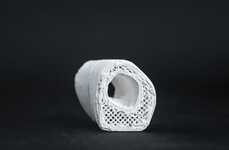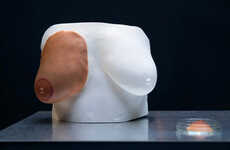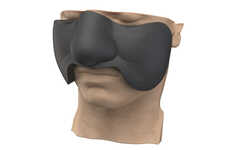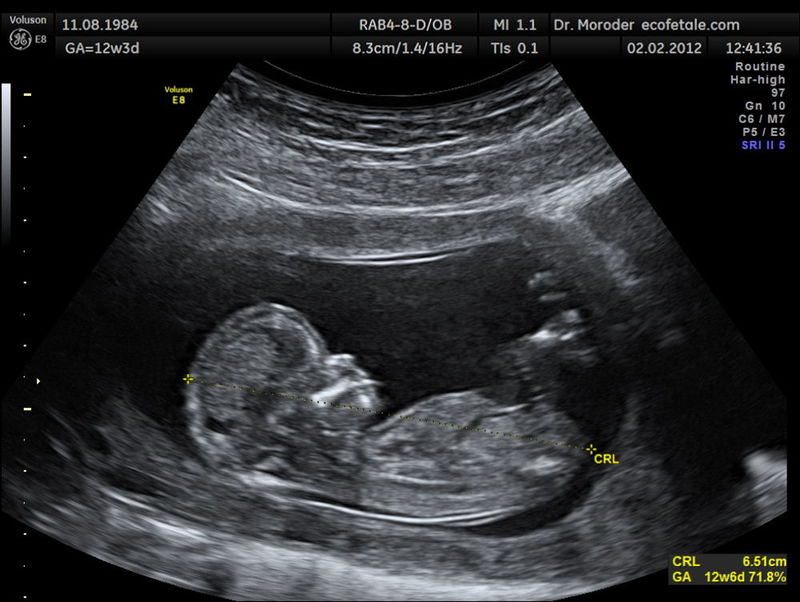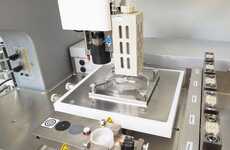
A 3D-Printed Ovary Concept is Being Used to Help Reproduction
Hayley McGlone — July 7, 2016 — Lifestyle
References: popsci
Today, current cancer treatments have been able to save roughly 80% of kids who have the disease, but the harsh treatments often leave many female survivors with the inability to have children later in life, making this reproductive organ prosthetic all the more revolutionary.
Reproductive biologist Monica Laronda and biomedical engineer Alexandra Rutz have be designed a 3D-printed prosthetic ovary for such cases. According to Popular Science "Their secret is scaffolding, which is made of 3D-printed gelatin, and holds ovarian follicles that secrete hormones and the structures that develop into eggs".
The 3D-printing is still in the testing and development stages, but the goal is to be able to create the structure for human sized ovaries capable of developing eggs. While cancer treatments today are capable of saving most children, soon these 3D-printed reproductive organs will enable those survivors to have children of their own.
Reproductive biologist Monica Laronda and biomedical engineer Alexandra Rutz have be designed a 3D-printed prosthetic ovary for such cases. According to Popular Science "Their secret is scaffolding, which is made of 3D-printed gelatin, and holds ovarian follicles that secrete hormones and the structures that develop into eggs".
The 3D-printing is still in the testing and development stages, but the goal is to be able to create the structure for human sized ovaries capable of developing eggs. While cancer treatments today are capable of saving most children, soon these 3D-printed reproductive organs will enable those survivors to have children of their own.
Trend Themes
1. Medical 3D Printing - With 3D printing, medical professionals can create accurate body part replicas to accompany medical procedures in ways previously impossible - leading to more personalized care opportunities.
2. Bioprinting - The use of bioprinting in the medical industry can create innovative solutions for survivors of cancer and other diseases, such as 3D-printed prosthetic organs.
3. Reproductive Health Technology - Advancements in reproductive health technology such as 3D-printed prosthetic reproductive organs can help cancer survivors, among other cases, conceive and bring children to term.
Industry Implications
1. Medical Devices - The development of bioprinting techniques can lead to more innovative medical devices, enabling prosthetics and replicas with advanced technology.
2. Healthcare - The healthcare industry can take advantage of 3D printing and bioprinting advancements to create better prosthetics and medical devices, with a direct benefit for patients.
3. Reproductive Health - Reproductive health technology using 3D printing and bioprinting can provide new solutions for infertility, cancer survivors, and other issues within the field.
4.8
Score
Popularity
Activity
Freshness


